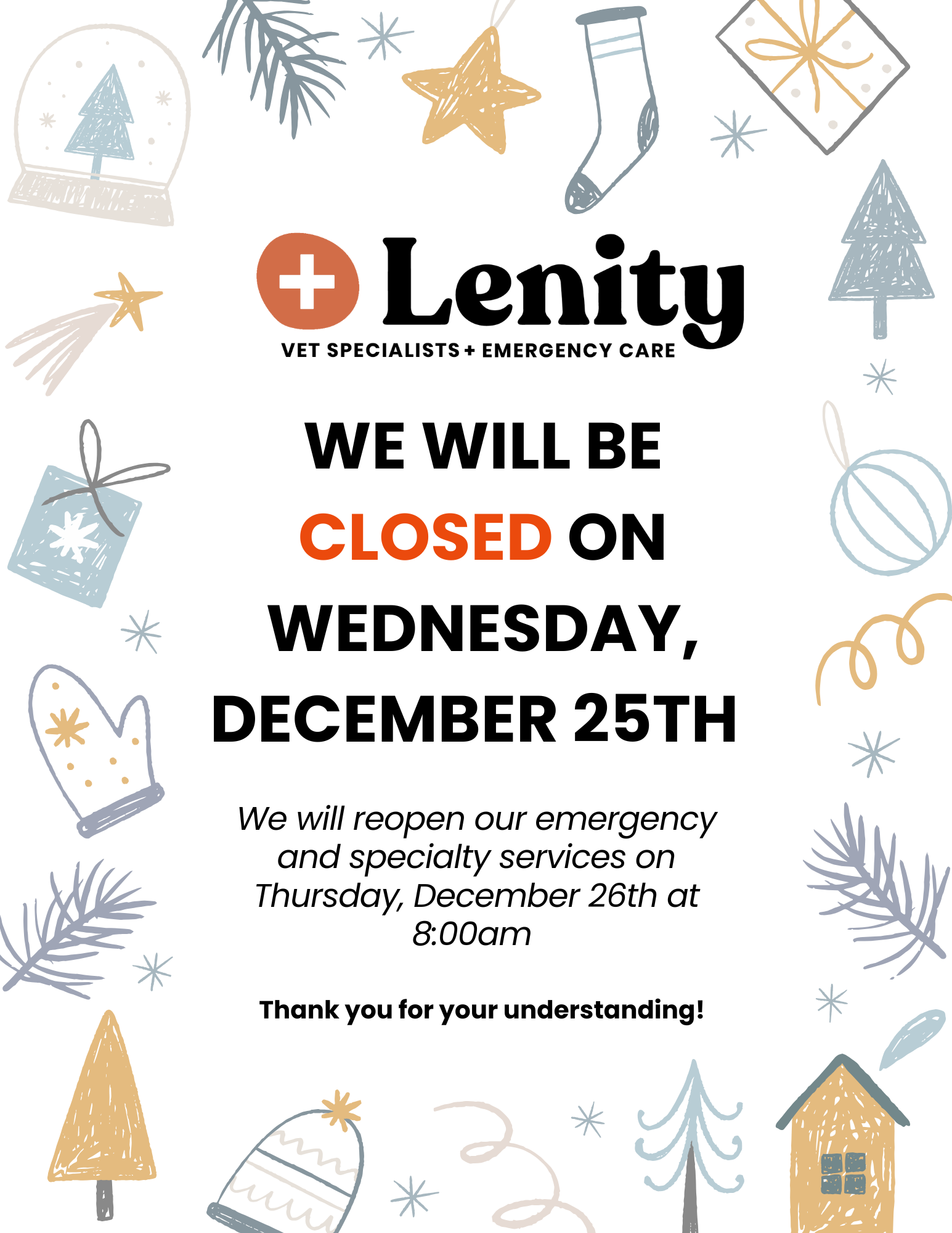Navigating pet emergency and surgery costs can be financially daunting, yet being prepared is critical to ensuring your furry companion receives the care they need when it matters most.
Unexpected medical crises can arise, highlighting the importance of financial readiness for pet owners. Whether it is a sudden illness or the necessity for surgical intervention, you can alleviate the stress of unexpected expenses by being financially prepared. From diagnostic tests to intricate surgical procedures, the costs can vary widely depending on the severity of the situation and your pet’s medical history.
Adopting a proactive approach, such as establishing a financial strategy, can help mitigate the impact of unforeseen veterinary expenses. Let’s explore some avenues for financial preparedness and support in navigating pet emergencies and surgeries.
Pet Emergencies and Surgery: Being Financially Prepared
Owning a pet involves a lifelong commitment to your pet’s care and wellbeing. This commitment includes managing the potential costs of pet emergency treatment or surgeries to keep your pet healthy, which could save your pet’s life.
Today, the costs of pet emergency treatment or surgery are notably high due to several factors:
- Advancements in veterinary medicine have led to the availability of sophisticated treatments and procedures akin to those in human healthcare. These advancements require specialized equipment, highly trained staff, and extensive facilities, all contributing to increased overhead costs.
- The cost of medications, diagnostics, and medical supplies continues to rise, reflecting broader trends in healthcare.
- The complexity of veterinary care often necessitates specialized expertise, which may further inflate expenses.
Embracing the potential costs of pet emergencies or the likelihood of necessary surgery to save your pet’s life highlights the need for financial preparedness. Of course, the cost of an emergency visit or surgery for your pet depends on the nature of the medical problem, your pet’s medical history, and the procedures required. Surgery and emergency procedures often require diagnostic tests such as blood panels, x-rays, or ultrasounds to determine the treatment.
The best approach to dealing with pet emergencies is a proactive approach – having a financial strategy. This approach ensures your pet receives the necessary care without catching you off guard with cost burdens.
Pet Insurance: Pros and Cons
Pet insurance is a solution that many pet owners contemplate to provide comprehensive coverage for their pets’ health needs. It can protect you from high medical expenses when your pet faces injury or illness.
While treating a minor issue like ear infections might not strain your finances, addressing severe health problems could lead to significant expenses. Pet insurance is one way to plan for such situations. Here are some pros and cons of pet insurance:
Pros:
- Comprehensive Coverage: Pet insurance substantially offsets the costs of veterinary services, encompassing treatments, diagnostics, medications, and surgeries.
- Tailored Plans: You can customize your pet policy to include the treatments and services we recommend specifically for your pet’s needs.
- Immediate Care Support: Pet insurance facilitates prompt access to emergency care without the burden of financial constraints, enabling us to provide timely care at College Hills Veterinary Hospital.
Cons:
- Cost Evaluation: You must weigh the premium costs against your pet’s anticipated medical needs. Ensure the benefits align with your pet’s health history and potential treatments.
- Limitations and Exclusions: Thoroughly understand the details of your pet insurance policy to be aware of any limitations or exclusions that could impact on your pet’s care.
- Claims Procedure: Familiarize yourself with the claims process to expedite reimbursement for eligible services received at College Hills Veterinary Hospital.
- Deductible Expenses: A deductible is the initial amount you must cover before insurance coverage takes effect. Deductibles can range from $0 to $1,000.
Establishing an Emergency Fund for Pet Care Medical Costs
Should you set up an emergency fund, and if so, how much should it be?
An emergency fund is a safety net you can fall back on when faced with sudden pet care costs. With an emergency fund, you can act promptly when your pet’s health is at stake. Your focus remains solely on your pet’s recovery. You won’t need to cope with the added stress of sudden medical expenses.
If your pet requires surgery, our team at Lenity can assist you in determining an appropriate emergency fund amount based on your pet’s health history, breed, and potential medical needs.
CareCredit
CareCredit is another option when an illness or injury strikes a pet. It takes just 5 minutes to complete an application and will allow you to break down the cost into six monthly installments. You can apply online at www.CareCredit.com/apply.
If you have questions about CareCredit, ask our front desk team.
Securing the Wellbeing of Your BFF
As pet owners, you embark on a journey of commitment to your furry companions, and part of that commitment involves being financially prepared for any medical crises that may arise. The ever-evolving landscape of veterinary medicine, with its advanced treatments and procedures, underscores the necessity for financial readiness. Whether through pet insurance, establishing an emergency fund, or utilizing resources like CareCredit, there are avenues available to help alleviate the financial burden of veterinary expenses.
By embracing proactive financial strategies, pet owners can ensure their beloved pets receive necessary care. If you have any questions at all, contact the team here at Lenity.
Dr. Kim Carlson

